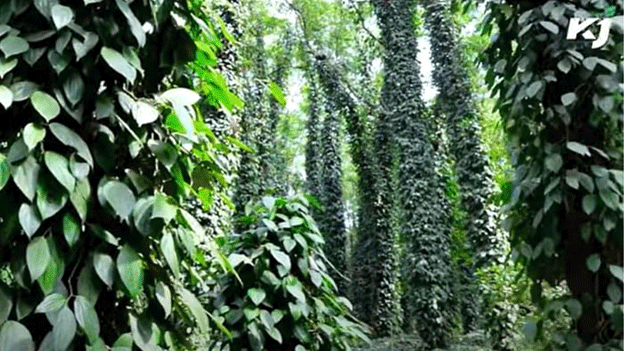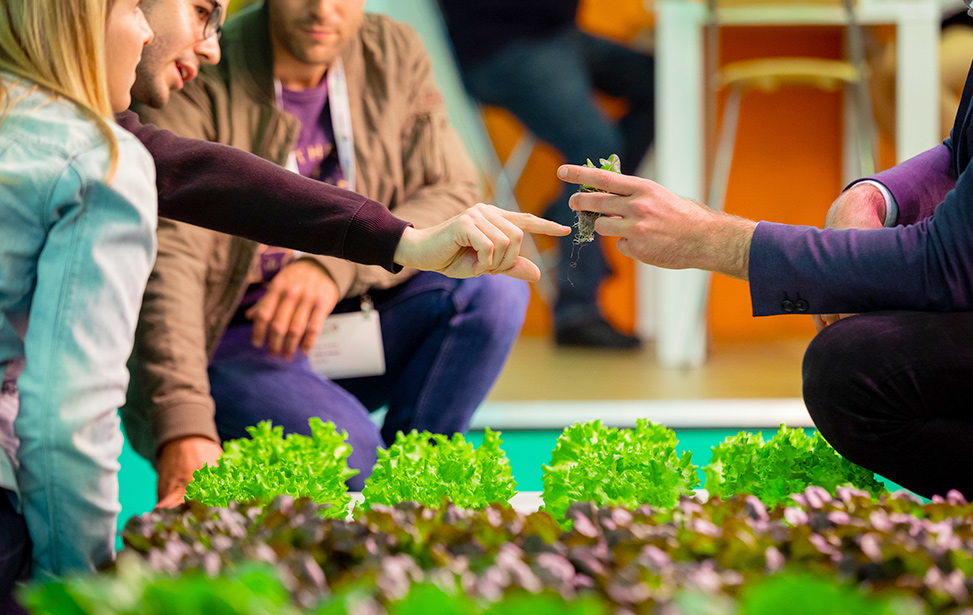In the heart of Chhattisgarh’s Bastar district, progressive farmer Dr. Rajaram Tripathi has developed a revolutionary model of agriculture that promises to transform the lives of small farmers. With its patented natural greenhouse model, farmers can potentially earn three to four crores (approximately $400,000 to $500,000) in 8 to 10 years from just one acre of land. This innovative approach combines traditional farming methods with advanced technology, providing farmers with a sustainable and profitable solution.
Natural greenhouse model
Dr Tripathi’s natural greenhouse model is designed to maximize production from small plots of land, which is critical in a country like India where about 80% of farmers own less than four acres of land. The model involves planting trees to create a natural greenhouse effect that offers many benefits compared to conventional apartment buildings.
In an interview with Krishi Jagran, Dr. Tripathi explained the key aspects of his model:
• Shade and protection from trees. In a natural greenhouse, trees are used to provide shade and protect crops. This natural barrier helps protect crops from excessive sunlight and reduces the risk of disease.
• Australian Teak Technology: The model uses Australian teak plants, a derivative of the granny tree known for its ability to adapt to a variety of climates, including deserts and areas with sufficient water supplies. This tree is an integral part of the greenhouse structure and helps in nitrogen fixation.
• Nitrogen fixation and intercropping: Australian teak improves soil fertility by fixing nitrogen within a 5 meter radius. The model uses only about 10% of the land for tree planting, leaving the remaining 90% available for intercropping. This method allows multiple crops to be grown simultaneously, increasing land use efficiency and reducing the need for additional nitrogen fertilizers.
Advantages of the natural greenhouse model
A natural greenhouse offers several benefits that make it an attractive option for small farmers:
• Economic viability: With an initial investment of around INR 200,000 per acre, farmers can benefit in the form of high yield crops and reduced production costs. The model’s ability to generate significant income over 8-10 years makes it a profitable option.
• Environmental sustainability: By integrating trees into the farming system, the model increases biodiversity and improves soil health. Trees help sequester carbon, thereby helping to mitigate climate change.
• Reduced production costs: Australian teak’s ability to fix nitrogen reduces the need for synthetic fertilizers, reducing production costs and promoting organic farming practices.
• Improved crop protection: The natural shade provided by trees protects crops from harsh weather conditions, reducing the risk of crop failure and increasing resilience.
Implementation and future prospects
Dr. Tripathi’s model is not just a theoretical concept but a practical solution that has already begun to show promising results. The national patent for natural greenhouse technology is a testament to its innovation and potential. As more farmers adopt this model, the agricultural landscape in regions like Bastar can expect significant transformation.
Dr. Tripathi’s vision includes expanding this model to other regions and integrating it with agritourism initiatives. This holistic approach aims to create a sustainable and profitable agricultural ecosystem that supports local economies and improves farmers’ livelihoods.











